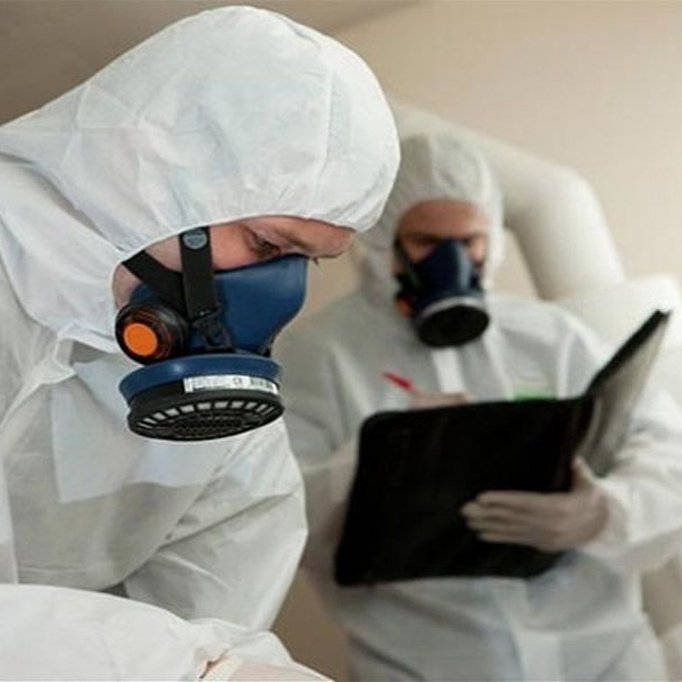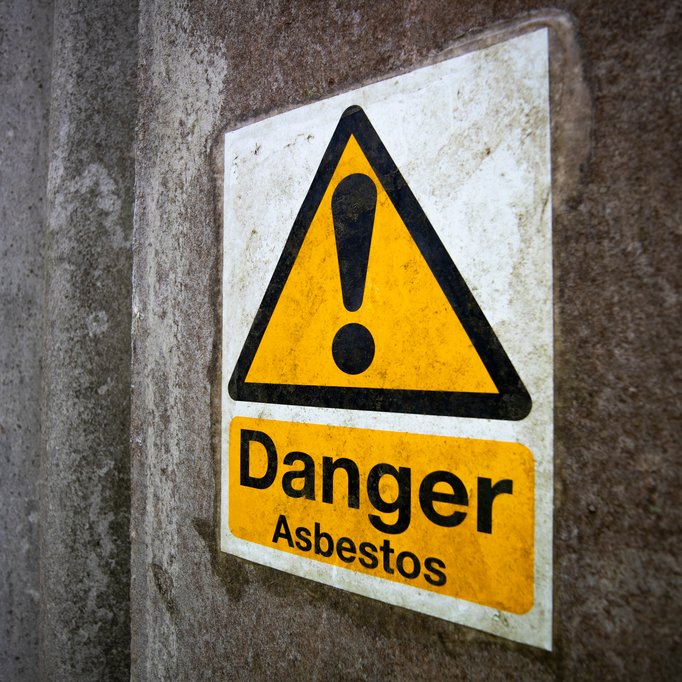Asbestos Surveying
Don’t take any chances when it comes to asbestos – we can provide you with the information you need to make informed decisions about your building and the safety of those who use it. Get a FREE quote today

Asbestos is a naturally occurring mineral that was commonly used in building materials until the 1980s, when it was banned due to health risks. If your building was constructed before the 1980s, it may contain asbestos and it's important to have a professional asbestos survey conducted to identify and assess the risk.
The Control of Asbestos Regulation 2006 requires the management of risk from asbestos by finding out if there is asbestos in a building, its location and condition. Our team of experts are fully trained and certified to conduct asbestos surveys and provide you with a comprehensive report identifying the location, type, and condition of any asbestos-containing materials in your building.
When it comes to identifying and assessing the presence of asbestos in a building, there are two main types of asbestos surveys that can be conducted:
• Asbestos Management Survey
• Asbestos Refurbishment/Demolition Survey
Each of these surveys serves a different purpose and are tailored to meet specific needs depending on the type of building, the intended use of the building and the scope of work to be conducted. Understanding the difference between these two types of surveys is crucial to ensure that the appropriate survey is conducted and that the correct steps are taken to manage any asbestos that is found.
We provide both management and refurbishment/demolition surveys to ensure compliance with legal requirements and to protect the health and safety of building occupants and contractors. Don't take any chances when it comes to asbestos. Trust us to provide you with the information you need to make informed decisions about your building and the safety of those who use it.
For more information or for a FREE quote, call us on 0344 499 7574 or email info@greenzonesurveys.com.

Below are some frequently asked questions to provide you with further information about this service
Asbestos management surveys are designed to locate, as far as reasonably possible, the presence and extent of any asbestos-containing materials (ACMs) in a building. The survey will also assess the condition of the ACMs and any potential risks to building occupants or contractors. This will allow you to create a health and safety policy which will limit asbestos exposure.
The main goal of an asbestos management survey is to identify and assess the risk posed by any ACMs in the building, so that effective plans can be put in place to manage the asbestos and ensure the safety of building occupants and contractors. This includes identifying any ACMs that may be disturbed during planned maintenance or refurbishment works, so that appropriate precautions can be taken to minimize the risk of asbestos fibres being released into the air.
During the survey, our team of experts will conduct a thorough inspection of the building, taking samples of any materials that are suspected of containing asbestos. These samples will then be sent to an accredited laboratory for analysis. Once the results are back, we will provide you with a detailed survey report outlining the location, type, and condition of any ACMs in the building, as well as recommendations for managing the asbestos. With an asbestos management survey, you can have peace of mind that you are aware of any ACM present in your building, thus ensuring the safety of your building occupants and contractors, as well as compliance with legal and regulatory requirements.
An asbestos demolition survey is a detailed and comprehensive survey that is conducted on a building that is scheduled for demolition. The main goal of this type of survey is to identify and locate all asbestos-containing materials (ACMs) in the building, so that appropriate precautions can be taken to safely remove and dispose of the materials during the demolition process. This type of survey is more invasive than an asbestos management survey, as it may require destructive inspection to be able to access all areas of the building. The asbestos inspections will typically include:
• A visual inspection of all accessible areas of the building, including the roof, walls, floors, and ceilings.
• Sampling and analysis of any materials that are suspected of containing asbestos, such as insulation, floor tiles, and roofing materials.
• A detailed report outlining the location, type, and condition of any ACMs in the building, as well as recommendations for safely removing and disposing of the materials during the demolition process.
Before starting the survey, the surveyor will typically review any available plans and drawings of the building to gain a better understanding of its construction and to identify any areas that may be more likely to contain ACMs. During the survey, the surveyor will take samples of any materials that are suspected of containing asbestos. These samples will be sent to an accredited laboratory for analysis to confirm the presence of asbestos. This is required to perform asbestos testing on building materials used in construction. The results of the survey will be used to create an asbestos register, and an asbestos management plan, which will outline how the asbestos will be safely removed and disposed of during the demolition process.
It's important to note that asbestos refurbishment surveys are typically more detailed and invasive than management surveys, and may involve destructive inspection to gain access to all areas of the building. This means that some areas of the building may be damaged during the survey, but this is considered acceptable as the building is going to be demolished anyway. It's also important to note that asbestos removal must be carried out by licensed contractors, and that all work related to asbestos removal and disposal must be carried out in accordance with regulations and guidelines set by the relevant authorities. A thorough asbestos demolition survey is crucial to ensure the safety of workers and the public during the demolition process, as well as to ensure compliance with legal and regulatory requirements.
Asbestos surveys should be included in an Asbestos Management Plan and carried out regularly - usually at least annually. These regular inspections are designed to check whether any present ACMs have deteriorated. A refurbishment or demolition asbestos survey will generally be valid for 12 months, unless you have an Asbestos Management Plan in place. If any ACMs are removed from the site, then any Asbestos Management Plans will need to be updated to reflect this.
It is a legal requirement for any commercial building, built before the year 2000, to hold an asbestos survey. Building owners or managers are required to take reasonable steps to detect and manage any ACMs present.
The price of an asbestos survey will ultimately depend on a few factors:
• the size of the building or site.
• the number of samples taken.
• the accessibility of the building and how long it takes to complete the survey.
• the type of asbestos survey required.





